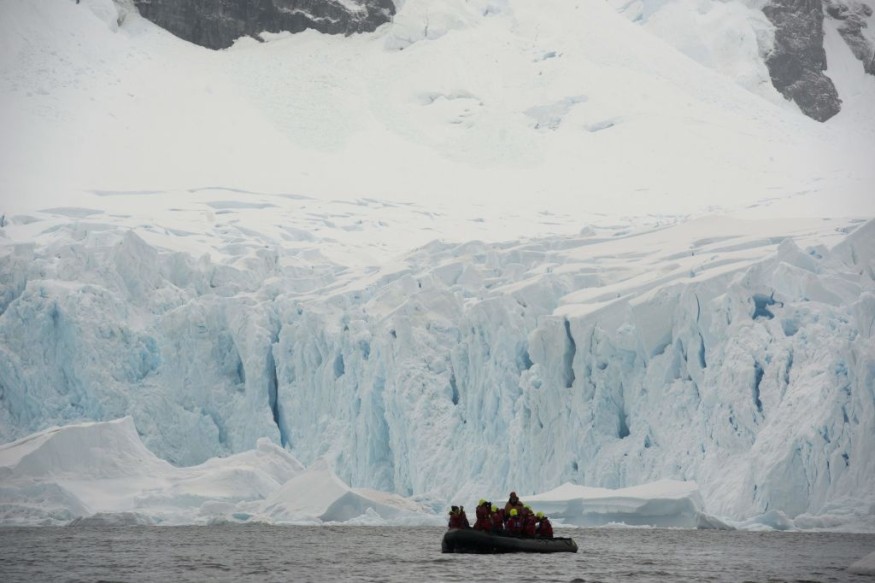
Experts found that the world's largest iceberg has been drifting beyond Antarctic waters.
They said that, the iceberg, which is commonly known as A23a, had split from the Antarctic's Filchner Ice Shelf in 1986. However, the iceberg was stuck to the ocean floor and had remained for many years in the Weddell Sea.
Drifting Away
But at present, officials have stated that based on recent satellite images, the iceberg, weighing nearly a trillion metric tons, is moving rapidly past the northern tip of the Antarctic Peninsula.
Its movement has been observed to be aided by strong winds and currents.
Experts described the iceberg as about three times the size of New York City and more than twice the size of Greater London, which is measuring about 4,000 sq km or 1,500 square miles.
Scientists said that similar to most of the icebergs from the Weddell sector, A23a will certainly be ejected into the Antarctic Circumpolar Current.
The iceberg will then be thrown towards the South Atlantic on a path that has become known as "iceberg alley."
They explained that this was the same movement of water as well as the accompanying westerlies that the famous explorer Sir Ernest Shackleton exploited in 1916 to make his escape from Antarctica following the loss of his ship, the Endurance, amid the crushing sea-ice.
Andrew Fleming, who serves as a remote sensing expert from the British Antarctic Survey, said in an interview that the iceberg has been drifting for the past year.
Fleming noted that the iceberg has appeared to be picking up speed and moving past the northern tip of the Antarctic Peninsula, adding that its movement was helped by wind and ocean currents.
"I asked a couple of colleagues about this, wondering if there was any possible change in shelf water temperatures that might have provoked it, but the consensus is the time had just come," Fleming said.
To recall, it was in 2020 when another giant iceberg, A68, stirred fears and concerns that it would collide with South Georgia, which could later result in crushing marine life on the sea floor and cutting off food access.
Experts said that a catastrophe was ultimately averted when the iceberg broke up into smaller chunks.
This is seen as a possible end game for A23a as well.
Iceberg
An iceberg is an ice that broke off from glaciers or shelf ice and is floating in open water.
To be classified as an iceberg, the height of the ice must be greater than 16 feet above sea level and the thickness must be 98-164 feet and the ice must cover an area of at least 5,382 square feet.
Icebergs are also classified by shape, most commonly being either tabular or non-tabular.
Tabular icebergs have steep sides and a flat top while the non-tabular icebergs have different shapes, with domes and spires.
There are smaller pieces of ice known as "bergy bits" and "growlers." Bergy bits and growlers can originate from glaciers or shelf ice, and may also be the result of a large iceberg that has broken up
Icebergs are monitored worldwide by the US National Ice Center.
© 2025 NatureWorldNews.com All rights reserved. Do not reproduce without permission.





